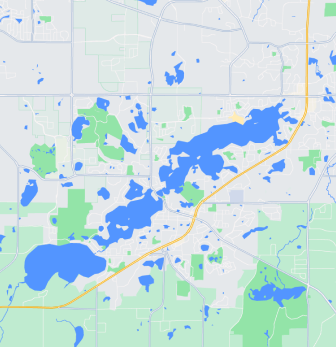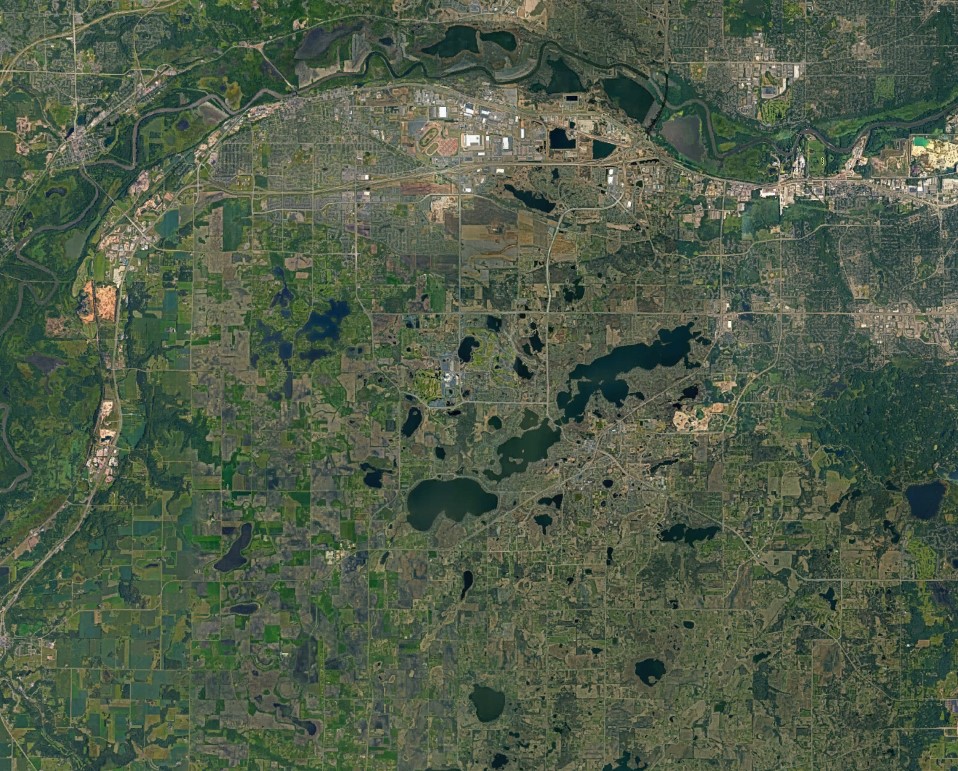Upper Prior Lake Alum Treatment
Studies by the Prior Lake-Spring Lake Watershed District determined Upper Prior Lake was impaired/threatened by an excess of phosphorus and recommended that the phosphorus concentration should be reduced by to achieve water quality goals.
Project Location: Upper Prior Lake
Status Details:
This alum application is the first dose of a series to address nutrient-laden sediment on the lake bottom.
Upper Prior Lake is a 386-acre lake located in central Minnesota near the town of Prior Lake. Upper Prior Lake is a highly valued recreational resource that supports swimming, boating and fishing activities. However, the high nutrients have led to excessive amounts of algae that interfere with the use of the lake. Studies by the Prior Lake-Spring Lake Watershed District determined Upper Prior Lake was impaired/threatened by an excess of phosphorus and recommended that the phosphorus concentration should be reduced by to achieve water quality goals.
It is the concentration of the nutrient phosphorus which controls the level of algae growth. The objective of most successful lake management projects is to lower the lake water column phosphorus concentrations, which in turn lowers the amount of algae. Comprehensive studies documented that a substantial amount of phosphorus has accumulated in the lakebed sediments over the years. The sediments release the phosphorus when conditions are right at the lake bottom. This leaching of phosphorus from the lakebed is called internal loading and ultimately increases the amount of phosphorus available for algal uptake and growth. Samples from the bottom of the lake confirmed that phosphorus was very high in the sediments and available to be released into the overlying water column.
In order to address the internal phosphorus inputs, the PLSLWD contracted with HAB Aquatic Solutions to conduct a buffered alum application over a ten-day period in May & June 2020. Aluminum Sulfate, or alum, is a nontoxic material that is commonly used in water treatment plants to clarify drinking water. In lakes, alum is used to lower the concentration of phosphorus in the water. The application produces a “floc” that settles to the bottom of the lake. The floc has sites where phosphorus in the sediments become chemically bound as it leaches from the bottom. The floc effectively intercepts and binds the phosphorus, which makes it unavailable for the algae to use for growth. The goals of the project are to significantly reduce the internal loading of phosphorus from the sediments, lower the amount of phosphorus in the water column and reduce the amount of algae and improve the recreational opportunities for lake users.
Read more about this project at https://upperprioralum.wordpress.com





